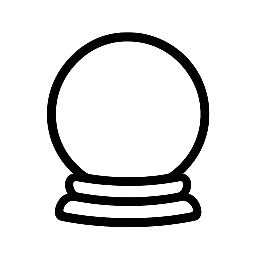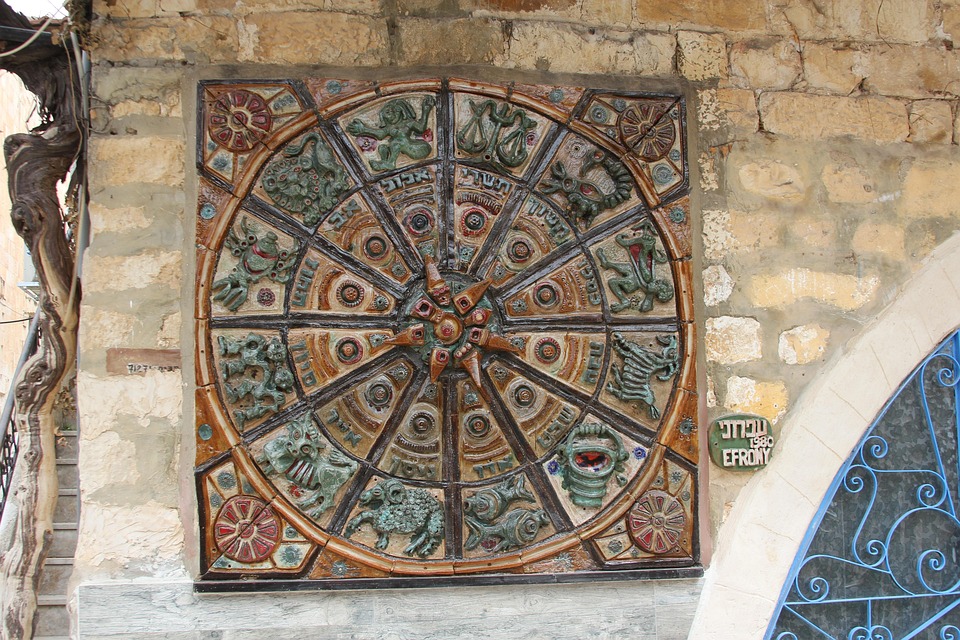The Tree of Life: Unraveling the Mystical Symbolism of Kabbalah
In the realm of Jewish mysticism, the Tree of Life is a profound and complex symbol that has been a cornerstone of Kabbalistic teachings for centuries. This intricate diagram, comprising ten interconnected spheres and 22 paths, is a visual representation of the universe, its underlying structure, and the nature of the divine. The Tree of Life is a rich and multifaceted symbol that has been interpreted and studied by sages, philosophers, and spiritual seekers across the ages. In this article, we will delve into the mystical symbolism of the Tree of Life, exploring its significance in Kabbalah and its relevance to our understanding of the universe and human existence.
Introduction to the Tree of Life
The Tree of Life, also known as the Etz Chaim in Hebrew, is a fundamental concept in Kabbalistic philosophy. It is a diagrammatic representation of the sefirot, ten divine emanations that are believed to be the building blocks of the universe. The sefirot are arranged in a hierarchical structure, with the highest sphere, Keter (Crown), representing the infinite and eternal nature of the divine. The lower spheres, each with its unique characteristics and attributes, are interconnected by 22 paths, which symbolize the flow of energy and the relationships between the different aspects of the universe.
The Sefirot: A Brief Overview
The ten sefirot of the Tree of Life are:
- Keter (Crown): The supreme, infinite, and eternal aspect of the divine.
- Chokhmah (Wisdom): The source of creativity, inspiration, and wisdom.
- Binah (Understanding): The sphere of intuition, insight, and comprehension.
- Chesed (Loving-kindness): The embodiment of mercy, compassion, and generosity.
- Gevurah (Strength): The sphere of discipline, justice, and balance.
- Tiferet (Beauty): The harmonization of opposites, representing balance and equilibrium.
- Netzach (Eternity): The sphere of endurance, perseverance, and eternal existence.
- Hod (Splendor): The embodiment of glory, majesty, and divine radiance.
- Yesod (Foundation): The sphere of connection, bonding, and foundation.
- Malkhut (Kingdom): The physical world, the realm of action, and the kingdom of the divine.
Interpreting the Symbolism of the Tree of Life
The Tree of Life is a rich tapestry of symbolism, offering insights into the nature of the universe, the human condition, and the mysteries of the divine. Each sefirah and path on the Tree of Life represents a distinct aspect of the cosmos, from the infinite and eternal to the finite and temporal. The relationships between the sefirot and the paths that connect them reveal the intricate web of energies, forces, and principles that underlie all existence.
The Tree of Life can be seen as a model of the universe, with the sefirot representing different levels of reality, from the divine to the physical. The paths between the sefirot symbolize the flow of energy and the interactions between these different levels, illustrating the dynamic and interconnected nature of the universe.
Kabbalistic Principles and the Tree of Life
The Tree of Life is also a reflection of fundamental Kabbalistic principles, such as:
- Tzimtzum: The concept of contraction, which describes the divine withdrawal from the universe, creating a void that allows for the emergence of creation.
- Ein Sof: The infinite and eternal nature of the divine, which is beyond human comprehension.
- Tikun: The concept of repair or rectification, which refers to the process of restoring balance and harmony to the universe.
The Tree of Life is a tool for spiritual growth, self-discovery, and personal transformation. By studying and contemplating the sefirot and their relationships, individuals can gain insight into their own place within the universe, their relationships with others, and their potential for spiritual evolution.
Conclusion
The Tree of Life is a profound and enigmatic symbol that has been a cornerstone of Kabbalistic teachings for centuries. Its intricate structure and complex symbolism offer a rich tapestry of meaning, revealing the underlying principles and forces that shape the universe and human existence. As a model of the universe, the Tree of Life provides a framework for understanding the interconnected nature of all things, while its Kabbalistic principles and symbolism offer a path for spiritual growth, self-discovery, and personal transformation. Whether viewed as a tool for spiritual exploration, a model of the universe, or a symbol of the divine, the Tree of Life remains a powerful and enduring symbol, continuing to inspire and guide seekers of wisdom and knowledge to this day.


Leave a Reply